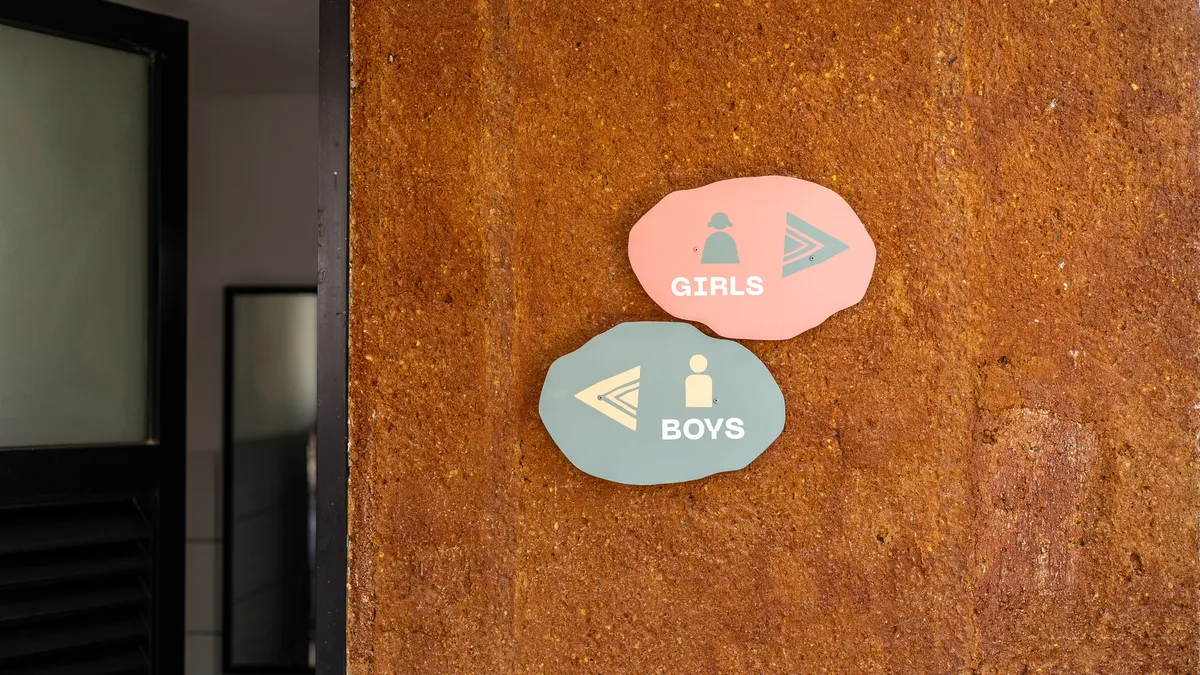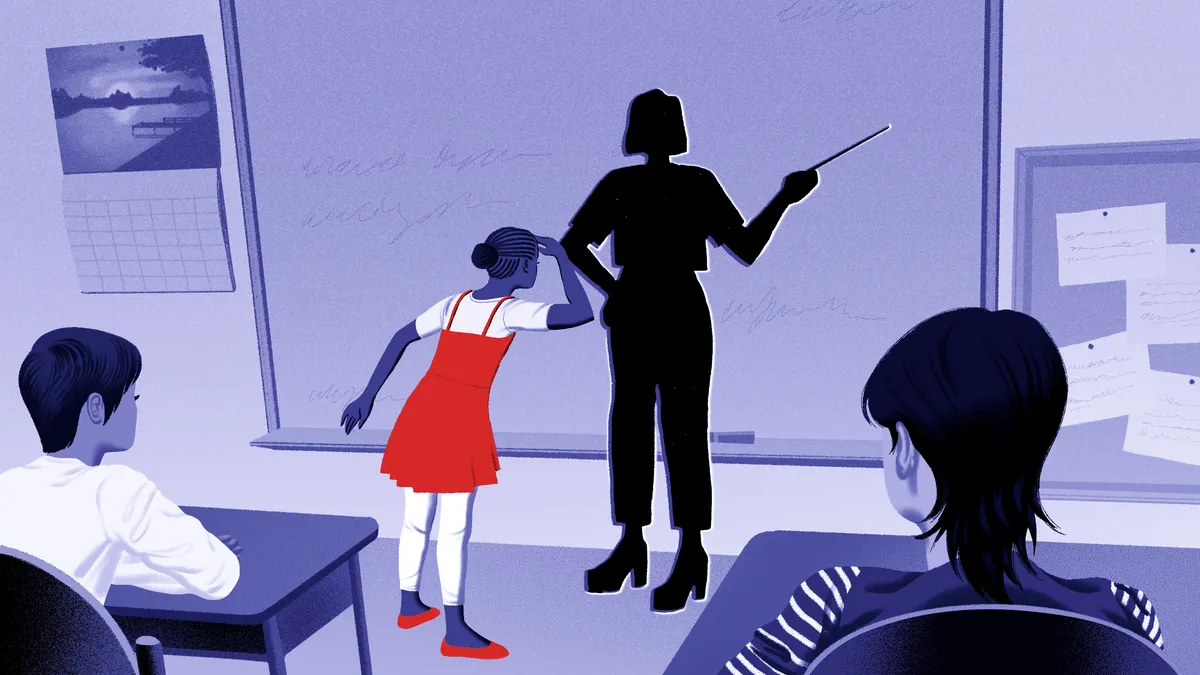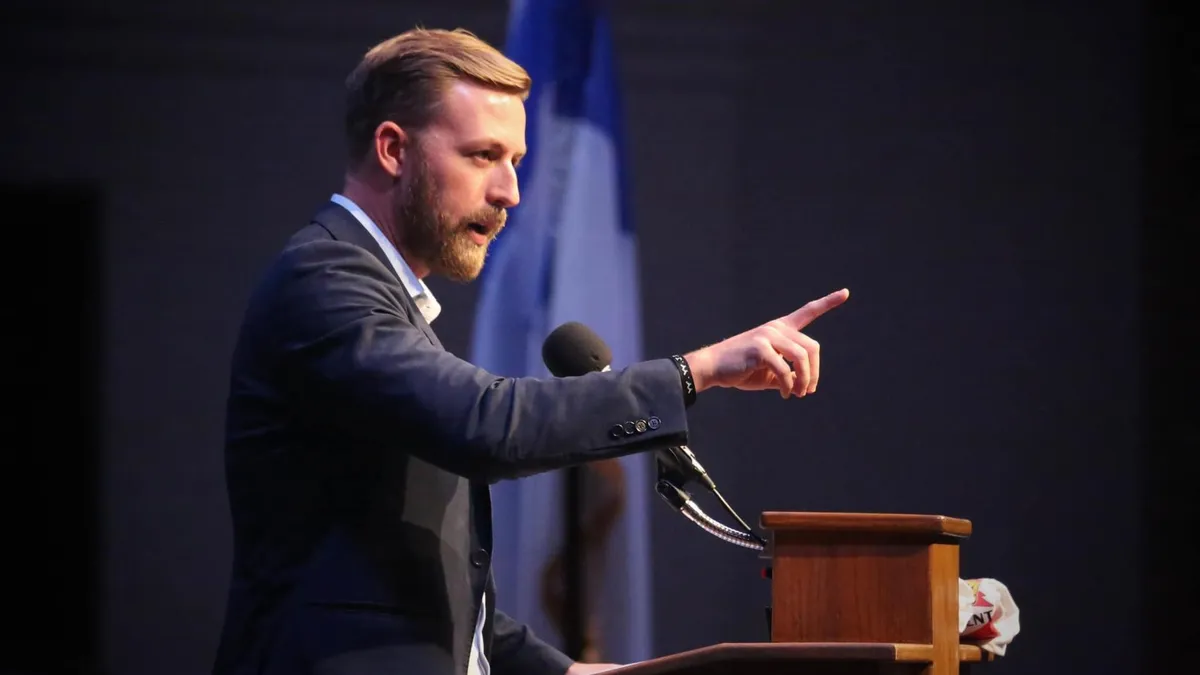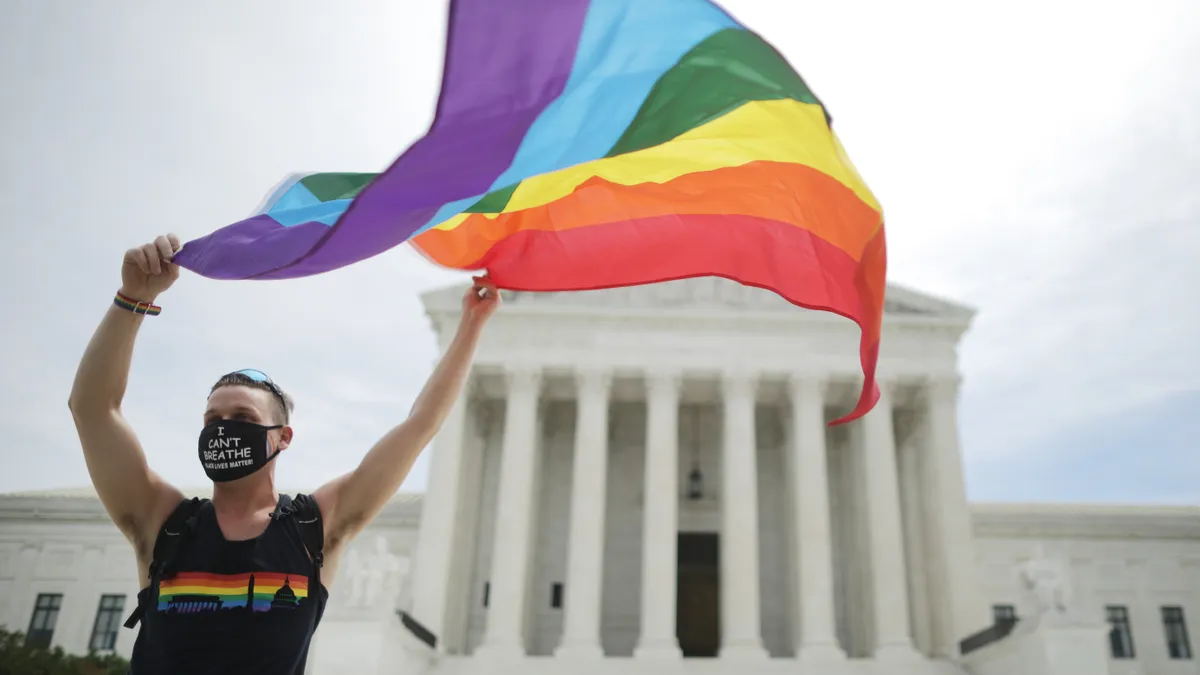The U.S. Department of Education is transferring day-to-day management of career and technical education programming to the U.S. Department of Labor, with the logistics and funding responsibilities laid out in an interagency agreement.
Officials at the Education and Labor departments say this sharing of CTE responsibilities under the Carl D. Perkins Career and Technical Education Act is "commonsense" and will benefit students through streamlined services to states and districts.
"The Trump Administration is committed to ensuring that all Americans are prepared for a fulfilling and meaningful career," said U.S. Secretary of Education Linda McMahon, in a Sept. 8 statement. "I am confident that the Department of Labor is well positioned to cooperatively administer, implement, and streamline these critical career and adult education programs."
CTE and education administrative organizations, however, are concerned that since the Labor Department's focus is on workforce needs, the educational part of job awareness and career exploration will be lost.
A separate but similar debate is occurring in special education. President Donald Trump and McMahon have said they would like to shift the Education Department's oversight of special education programming to the U.S. Department of Health and Human Services, although no formal plan has been made public.
The desire to reduce the Education Department's role in these and other department activities comes as the Trump administration seeks to close the department to the "maximum extent appropriate," as declared in a March executive order.
What are interagency agreements?
Interagency agreements, memorandums of understanding and joint task forces between federal agencies are not uncommon. The Education Department has entered into interagency agreements in the past with other federal government agencies for specific research, technology or other projects. Typically, these agreements have broad support, because they are developed to create alignment on specific programs between two or more agencies through shared funding and programming.
For instance, the U.S. Education, Labor, and Health and Human Services departments have collaborated in implementing the Workforce Innovation and Opportunity Act. WIOA, which was enacted in 2014 under the Obama administration, provides education and training services that help people obtain employment and advance in the labor market. The activities include job search assistance, career counseling, and a variety of occupational skills, classroom and on-the-job training.
Additionally, the Education department signed a memorandum of agreement under the Biden administration in 2021 with the Labor and Interior departments to promote the rights and freedom of Native Americans to use, practice, and develop Native languages.
Federal departments also collaborate on joint projects, such as 2018's Federal Commission on School Safety, which brought together leaders from the U.S. Departments of Homeland Security, Education, Justice, and Health and Human Services to develop recommendations to reduce school violence.
"There are a lot of ways that federal agencies can and do work together on programs," said Julia Martin, director of policy and government affairs at The Bruman Group, a Washington, D.C.-based education-focused legal and consulting group. Ideally, these collaborations can save money, increase efficiencies, share expertise and add staff to a common purpose, Martin said.
Concerns about CTE oversight
While multi-agency collaborations have many benefits, the transition of larger scale, day-to-day K-12-focused operations outside of the U.S. Department of Education — such as the CTE and workforce development agreement between the Education and Labor departments — is unusual, Martin said.
The concern some have with fuller-scale transition of core activities from one agency to another is that it could add confusion and that expertise from the original agency could be lost. Another worrisome factor is whether multi-agency collaborations add extra layers of bureaucracy, CTE advocacy groups said. The groups also point out that the Education-Labor agreement was created without any engagement with the CTE field.
Some education experts and organizations question the legality of the CTE move to the Labor Department.
"While AASA has long supported greater alignment between these two agencies to support our secondary schools in providing even more effective career and technical education opportunities for students, this is a troubling development given what Secretary McMahon has repeatedly said about ensuring that Congress is the one to determine any significant changes to the operational structure of the Department of Education," said Sasha Pudelski, director of advocacy for AASA, The School Superintendents Association, in a July post on AASA's website.
The Education-Labor interagency agreement was put on pause soon after it was signed in May due to preliminary injunction in the State of New York v. McMahon lawsuit filed by the attorneys general in 20 states and the District of Columbia to halt efforts to dismantle the Education Department under the Trump administration. The efforts being challenged include large scale layoffs at the agency and transfer of core responsibilities to other agencies.
In July, the U.S. Supreme Court granted an emergency request to stay the injunction, allowing ED to implement the interagency agreement as the legal challenge to the department layoffs pend in lower courts.
Martin said that even as the day-to-day responsibility of CTE is transferred to the Labor Department, the Education Department is still the agency ultimately responsible for how federal funding from Congress is spent.
School-based CTE services funded by the federal Perkins Act or through local and state initiatives, can span across K-12 and include career awareness and exploration, as well as instruction and real-world career experiences.
Under the agreement, the Labor Department will now oversee portions of CTE and adult education funding, oversight and operations. The timeline for states to access funding under the Labor Department is uncertain, according to the Association for Career and Technical Education.
According to a fact sheet issued by the Education and Labor departments, the agreement will help youth and adults access training and postsecondary education needed for high-wage, high-demand, high-skill occupations. The department also said the agreement will lessen administrative burdens on states by reducing reporting requirements and aligning performance reporting requirements for programs covered under the agreement, to the extent possible.







 Dive Awards
Dive Awards












